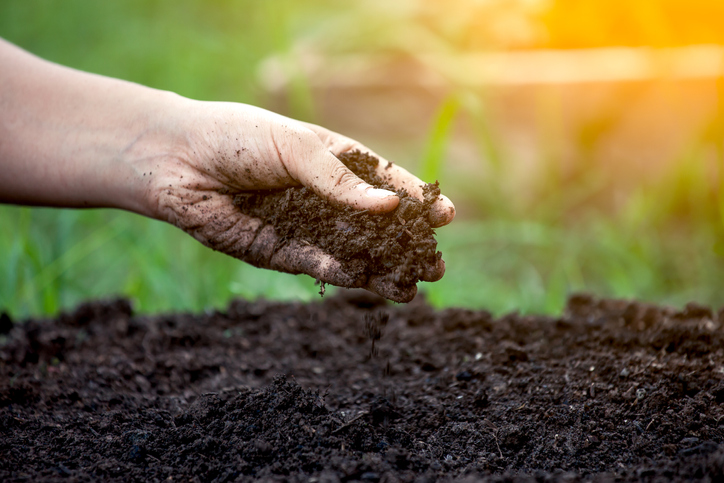Modern Methods of Irrigation utilize cloud-automated and timed sprinkler systems, drip systems and subsurface water lines. Using precise, high resolution ET Everywhere weather data, Smart Irrigation Controllers are able to create specific schedules to maintain landscape health, irrigating only when necessary, based on daily, site-specific runtime adjustments. This method of irrigation involves three systems:
Sprinkler System: Water droplets are sprayed or sprinkled like raindrops over landscape through rotating nozzles connected to pipelines. The pipelines are connected perpendicular to a main pipeline laid in the field.
- Useful for sandy soil and uneven land
- Protects plants/crops from extreme frost or temperature
- Fertilizer and insecticide can be applied through sprinkler system
- Helps with soil conservation
Drip System: Water flows through narrow pipes laid on the fields and drips through small holes (emitters) directly at the place of plant roots. Roots absorb the water and nourish the plant. There is no water waste with this method, as less water is lost to evaporation, runoff and wind.
- Optimizes soil moisture, saving water
- Direct hydration of plant roots for plant health
- Inhibits weed growth since water is applied directly to plants, not spread around the field
- Bacterial growth is limited since area near plants is dry

Subsurface Drip System: When the water table is deep below the ground
surface, plastic drip tubes or trickle emission devices are buried below the soil surface within plant root zones. This low-pressure method of irrigation can reduce water use by 25% compared to above ground sprinkler irrigation, and works well in irregular shaped fields and on slopes.
- Saves water and improves plant health by eliminating surface water run-off and evaporation
- Reduces weed growth and disease
- Useful in hot, dry, windy climates with limited water supply
Also critical is knowing how moist or dry the soil is deep below the ground surface. Here’s where another method of Modern Irrigation will save landscaping from being under-watered or overwatered.
Buried deep below the soil surface, Soil Moisture Sensors transmit to the Smart Irrigation Controller how wet or dry the soil is in the root zone, and how much water it needs in real time. These sensitive sensors can read soil moisture within ±3 percent of the actual volumetric soil moisture content.
Another cloud-based Modern Method of Irrigation is Mobile apps, which put control of the Smart Irrigation System in the palm of your hand from anywhere, literally with a tap of the finger.
The Bottom Line….
From timed sprinkler systems to managing your cloud-based Smart Irrigation System on your mobile app– welcome to the present and ever-evolving, technology-driven future of Modern Methods of Irrigation!

